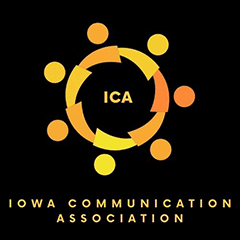Abstract
Peer-group instructions utilizes two factors which appear to be gaining momentum in education: (a) active student participation in planning, executing, and evaluating course work and (b) economical use of master-teacher time. An increasing demand by students for course work in the oral interpretation of literature coupled with a shortage of instructor time encouraged the development of a pilot section of Speech 41 at the University of North Carolina at Chapel Hill during the spring semester of 1968-1969. Thirty-four students in contrast to the usual sixteen to twenty were admitted in February of 1969 to Section 2 of the beginning course in the oral interpretation of literature. Responsibility for executing the work of the course was divided between students and the instructor. Lectures, lecture-discussions and demonstration readings were provided by the master teacher or by persons acting for him. The expanded stimulus provided by the larger class seemed to increase the effectiveness of this section in three ways: 1. The master teacher delivered his material with renewed vigor, finding that his presentations were more valuable in that they influenced a greater audience. 2. Questions raised by students did not have to be answered twice, first in one section and then in another, since the equivalent of two classes met together. 3. Student comments and criticisms were more vigorously offered, since students were more likely to find one or more fellow students who agreed with them and were thus encouraged to pursue their line of questioning.
Journal Title
Iowa Journal of Speech
Volume
2
Issue
1
First Page
1
Last Page
11
Language
en
File Format
application/pdf
Recommended Citation
Brandes, Paul L.
(1971)
"A Pilot Study in Teaching Oral Interpretation of Literature Using Peer Group Methods,"
Iowa Journal of Communication: Vol. 2:
No.
1, Article 3.
Available at:
https://scholarworks.uni.edu/ijc/vol2/iss1/3
Copyright
©1971 Iowa Journal of Speech


